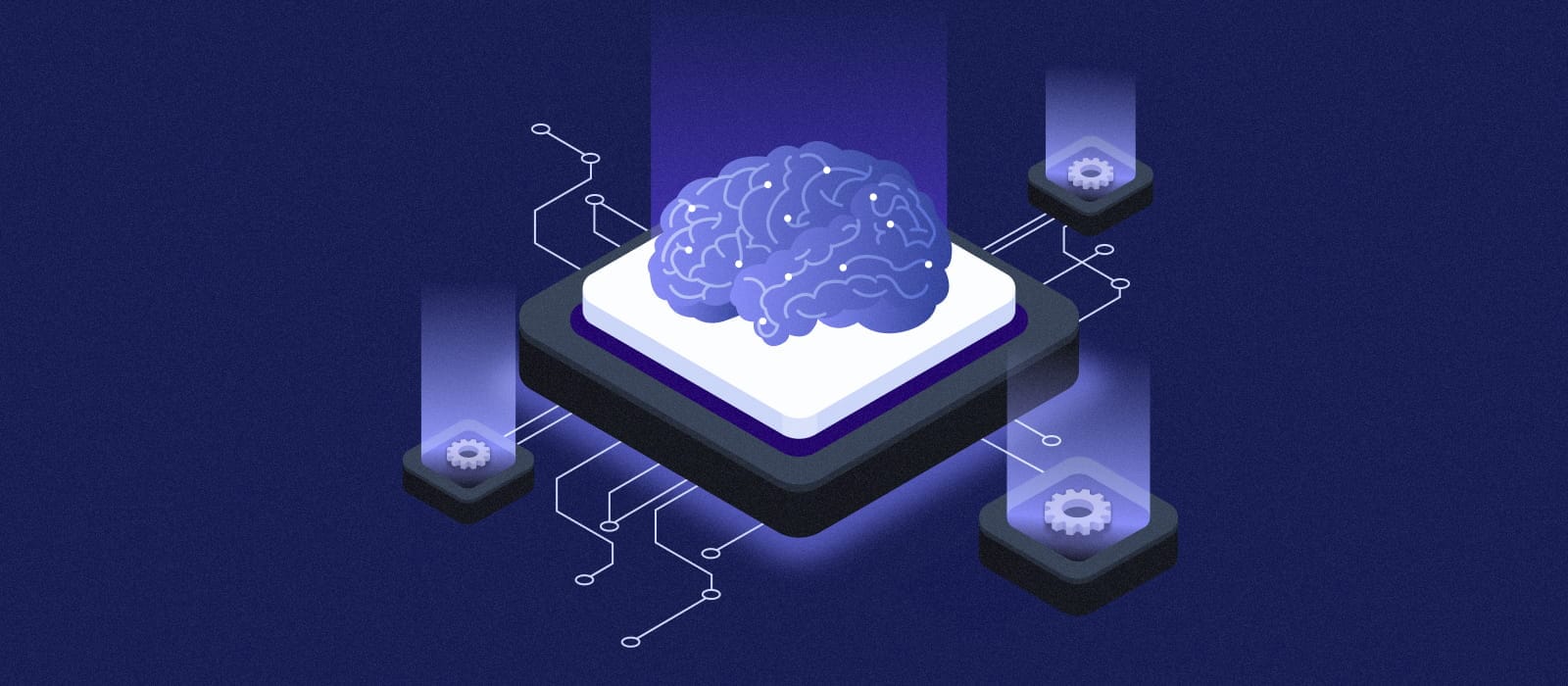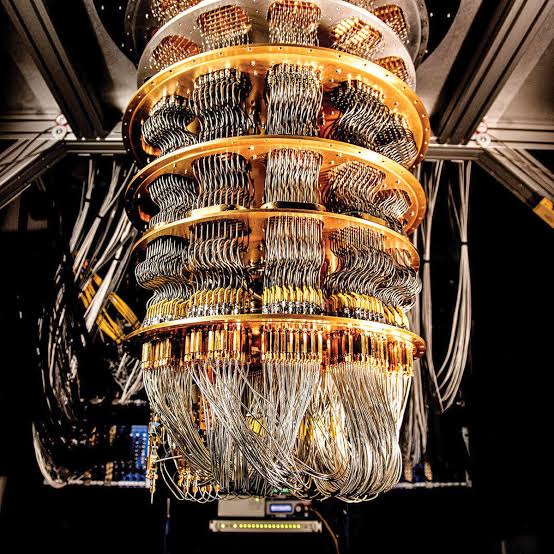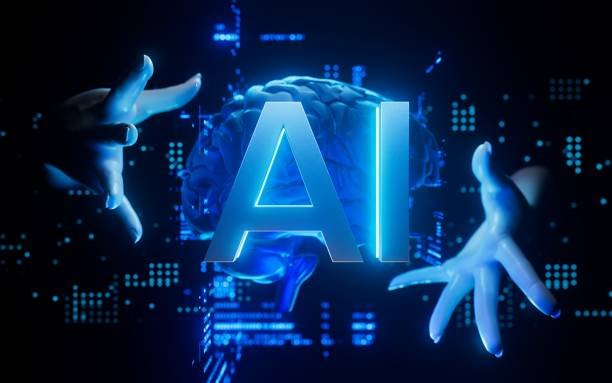The idea that machines can not only learn from data but also teach themselves how to learn has a certain irresistible appeal. It touches on something almost mythic — the vision of computers crossing into a self-sufficient realm, becoming researchers in their own right. This is the promise of Automated Machine Learning, or AutoML. Instead of painstakingly choosing algorithms, fine-tuning hyperparameters, and endlessly experimenting with preprocessing pipelines, we could give the problem to an automated system, which would then craft the best solution on its own.
It’s a vision that excites entrepreneurs, intrigues data scientists, and sometimes unnerves skeptics. The phrase “AutoML” conjures images of effortless innovation — of teams launching high-performing machine learning models without having to master every arcane detail of the craft.
But as with all alluring promises in technology, reality is more complex. AutoML is powerful, but it’s not a silver bullet. In certain scenarios, it can be a game-changer. In others, it can lead to inefficiency, overfitting, wasted resources, and even dangerous decision-making.
To understand when AutoML should be embraced and when it should be avoided, we need to explore both its inner workings and the human contexts it serves.
How AutoML Works Beneath the Hood
AutoML is not a single algorithm, but rather a meta-process — a framework that automates the stages of machine learning model development. These stages typically include:
- Data preprocessing: Cleaning, normalization, encoding, and feature engineering.
- Model selection: Choosing between families of algorithms such as gradient boosting machines, neural networks, support vector machines, and more.
- Hyperparameter tuning: Optimizing the settings that control how an algorithm learns.
- Ensembling: Combining multiple models for improved performance.
While a human data scientist might make these decisions through a mix of experience, intuition, and trial-and-error, AutoML uses search strategies and heuristics to navigate the space. Popular search techniques include Bayesian optimization, grid search, random search, and evolutionary algorithms.
The system evaluates candidate models using metrics such as accuracy, F1 score, ROC AUC, or mean squared error, depending on the problem type. Over time, it converges on a pipeline that yields the best performance on the training and validation sets.
This automation means that non-experts can produce respectable models — and experts can save time on repetitive tuning. But it also hides the reasoning process, creating a potential gap in understanding.
The Case for Using AutoML
Imagine a small startup with no dedicated machine learning team. They have data — sales records, customer behavior logs, product reviews — and they want to use it to make predictions and recommendations. Hiring a seasoned ML engineer might be beyond their budget, and building an in-house pipeline from scratch could take months. AutoML offers them a way to jump straight into creating working models without waiting for rare and expensive talent.
AutoML shines in rapid prototyping. In the early phase of a project, teams often want to know whether their data can realistically support a predictive model at all. Rather than spending weeks building a custom solution, they can run AutoML to get a quick baseline. If the results are promising, they can then invest more effort in refining the model.
Another strong use case is in hyperparameter optimization. Even experienced data scientists often rely on automated search methods for this tedious process. AutoML can handle this with efficiency, freeing human experts to focus on problem framing, feature engineering, and domain interpretation.
AutoML also has value in benchmarking. By providing a consistent, automated process, it can serve as a reference point for comparing custom-built models. If your hand-crafted approach can’t beat the AutoML baseline, it might be worth rethinking your strategy.
In short, AutoML can be the lever that moves the boulder of early-stage experimentation, scaling, and benchmarking without the need for exhaustive manual work.
When AutoML Falters
For all its strengths, AutoML has weaknesses that can turn from mild inconveniences to serious liabilities depending on context. One major issue is opacity. The more AutoML hides its decision-making, the harder it is for users to interpret why a model behaves the way it does. In fields where explainability is critical — healthcare, finance, criminal justice — this can be a showstopper.
Another limitation is contextual understanding. AutoML is excellent at pattern-finding, but it doesn’t understand the meaning of the data. A human data scientist working with a medical dataset knows that certain variables should never be used to predict patient outcomes because they are collected after the outcome occurs. AutoML, lacking that contextual knowledge, may inadvertently leak future information into the training process, producing models that seem accurate in testing but fail catastrophically in real-world deployment.
Performance-wise, AutoML’s advantage is not absolute. In many mature teams, experienced ML engineers can outperform AutoML by crafting domain-specific features and using their intuition to guide model selection. AutoML’s search space is finite; human creativity is not.
Cost is another consideration. While AutoML can save engineering hours, it can also burn through compute resources rapidly, especially when exploring large search spaces. Without careful limits, it can become an expensive black box experiment.
The Human Element in Machine Learning
One of the most overlooked aspects of AutoML’s strengths and weaknesses is that machine learning is not just a technical process — it’s a human process. It begins with framing the right question, collecting relevant data, and understanding the nuances of the domain.
Consider a model that predicts housing prices. AutoML might find correlations that are statistically strong but ethically problematic — such as those related to neighborhood demographics. A human expert, aware of fairness and bias issues, would recognize the danger and intervene. Without such oversight, AutoML can unintentionally perpetuate or even amplify social inequalities.
Similarly, domain knowledge often drives the most impactful feature engineering. In a supply chain problem, for example, knowing that certain variables spike seasonally or are affected by global trade disruptions allows for more nuanced modeling. AutoML doesn’t have such insights unless they are explicitly encoded in the data.
This is why many practitioners see AutoML not as a replacement for human data scientists, but as a partner — a tool to handle the repetitive and computationally heavy lifting while humans focus on the strategic, creative, and ethical dimensions.
AutoML in the Enterprise Landscape
In large organizations, AutoML’s appeal lies in its scalability. A company with dozens of business units can use AutoML to empower analysts in each unit to build their own models without having to wait for the central data science team. This democratization can accelerate innovation — but it can also lead to fragmentation and inconsistency if not managed carefully.
Enterprise adoption of AutoML often succeeds when accompanied by governance frameworks. This means setting guidelines for data quality, model validation, bias checks, and monitoring. In such setups, AutoML becomes a force multiplier, allowing skilled professionals to oversee a wider range of projects without micromanaging each one.
Conversely, enterprises that deploy AutoML without oversight can end up with “model sprawl” — hundreds of models built by different teams, each with unclear assumptions, varying data quality, and unknown performance in production.
Research and the Frontier of AutoML
In academia and industry research, AutoML is evolving toward Neural Architecture Search (NAS) — automating not just the choice of traditional algorithms, but the very design of deep learning architectures. Systems can now explore combinations of layers, activation functions, and connections to create novel architectures that outperform human-designed ones in certain tasks.
This is both exhilarating and daunting. On one hand, NAS has produced image recognition models that are more efficient and accurate than many human-engineered architectures. On the other, it raises new questions about transparency, intellectual property, and reproducibility. If even the researchers who deploy the system can’t fully explain why a certain architecture works, what does that mean for scientific accountability?
The Future Relationship Between Humans and AutoML
It’s tempting to see AutoML as a step toward a future where AI builds AI — a recursive, self-improving loop that eventually surpasses human capability. While this makes for compelling speculation, the reality in the foreseeable future is more grounded: AutoML will likely remain a collaborator rather than a replacement.
The trajectory seems clear: AutoML will grow more powerful, more interpretable, and more integrated into workflows. But the role of human oversight will remain indispensable — not only for ethical and legal reasons, but because the art of asking the right questions is still uniquely human.
The most successful teams will be those that treat AutoML as a high-speed exploration vehicle — one that can map the terrain quickly but still needs a human pilot to decide where to go.
The Emotional Core of the Decision
Choosing whether to use AutoML is not purely a technical decision. It’s also a question of trust, responsibility, and values. Are you working in a domain where mistakes can be corrected cheaply, or in one where they can cost lives? Are you willing to trade transparency for speed? Do you see model development as a craft to be honed or a service to be streamlined?
In the end, AutoML is like a camera with an automatic mode. For casual snapshots, it’s more than enough — it frees you from thinking about aperture and shutter speed. But for the photograph of a lifetime, the one that will hang in a gallery, many still reach for manual control.
In the world of machine learning, the choice is yours.






